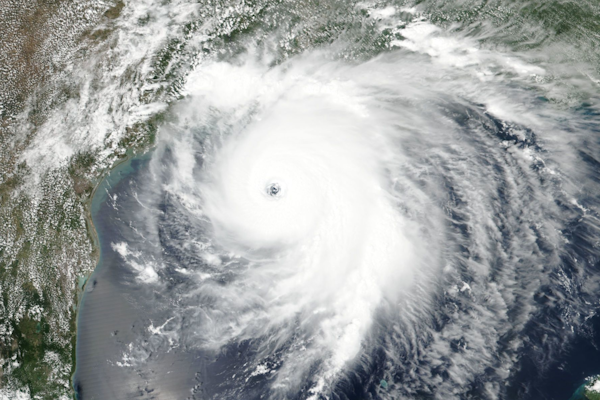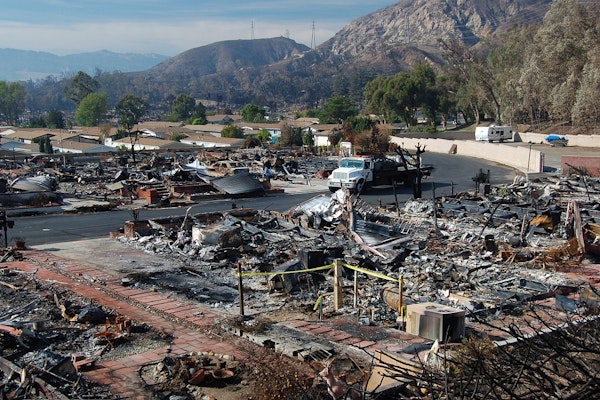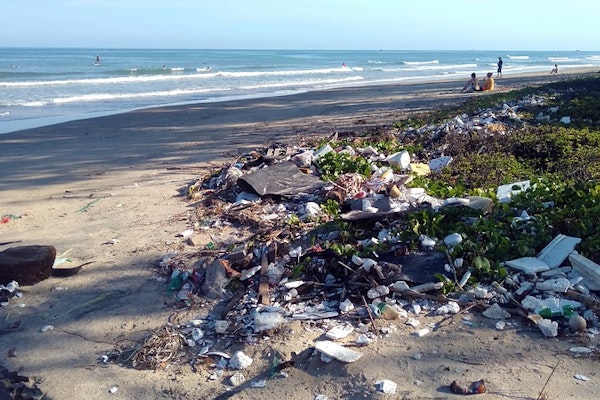
Ransomware Losses Climb While Cyber Claims Frequency Drops in 2025
Cyber claims frequency fell 53% in H1 2025, but ransomware severity rose 17% as attackers became more targeted, with double and triple extortion tactics on the rise.
October 2
Fraud
Insurance Industry
Risk Management
Technology

Atlantic Hurricane Season Begins with Rare Trio of Major Storms
Hurricanes Humberto, Erin, and Gabrielle have all reached major hurricane status, marking the first time since 1935 that the season’s first three storms hit Category 3 or higher.
September 29
Catastrophe
Insurance Industry
Property
Risk Management

Martin Shkreli Faces Lawsuit Over Copying Rare Wu-Tang Clan Album
A federal judge ruled that Martin Shkreli must face a lawsuit from PleasrDAO over allegedly copying and streaming the rare Wu-Tang Clan album ‘Once Upon a Time in Shaolin.’
September 29
Insurance Industry
Litigation
Risk Management
Technology
New York

AI Surpasses Inflation as Top Concern for Global Insurance Leaders in 2025
Insurance executives worldwide rank artificial intelligence above inflation and climate risk, signaling a major shift toward digital transformation and innovation in 2025.
September 29
Education & Training
Insurance Industry
Risk Management
Technology

Wildfire Study Finds Structure Spacing and Home Hardening Significantly Reduce Losses
New research analyzing five major California wildfires finds that defensible space and home hardening measures can reduce structural losses by up to 48 percent.
September 26
Catastrophe
Insurance Industry
Property
Risk Management
California

Execution-First Risk Management Elevates Commercial Property Protection
Discover how execution-first risk strategies help commercial property owners prevent losses, preserve capital, and improve portfolio performance through proactive planning.
September 26
Insurance Industry
Property
Risk Management
Technology

Texas Insurance Agent Sentenced for Pocketing Nearly $300K in Premium Overcharges
A former Texas insurance agent has been sentenced to five years in prison after pleading guilty to stealing nearly $300,000 in premiums from a municipal waste authority.
September 22
Fraud
Insurance Industry
Legislation & Regulation
Risk Management
Texas

How PFAS Risk and Green Policies Are Shaping the Future of Environmental Insurance
Environmental insurers are rethinking PFAS risk, navigating fallout from green policies, and adapting to a shifting market shaped by redevelopment and climate disclosure pressures.
September 22
Legislation & Regulation
Property
Risk Management
California

Why Climate Adaptation Is Becoming a Strategic Priority for Risk Managers in 2025
Marsh’s 2025 Climate Adaptation Survey reveals that while most businesses are assessing future climate risks, many still lack funding, strategy, or data to drive resilient action.
September 22
Catastrophe
Insurance Industry
Property
Risk Management

Wildfire Smoke Projected to Drive Major Health and Economic Losses by 2050
A pair of studies warn that wildfire smoke could cause over 71,000 U.S. deaths annually by 2050 and cost the economy $608 billion a year if emissions remain high.
September 22
Catastrophe
Legislation & Regulation
Life & Health
Risk Management

Behavioral Health Barriers Are Slowing Recovery for Injured Workers with Knee and Shoulder Claims
New WCRI research finds that fear, poor coping, and low mood are common among injured workers and lead to delayed recovery and higher costs in comp knee and shoulder claims.
September 22
Education & Training
Life & Health
Risk Management
Workers' Compensation

Live Nation and Ticketmaster Sued for Enabling Ticket Brokers and Overcharging Fans
The FTC and seven states allege Live Nation and Ticketmaster enabled brokers to bypass ticket limits, reaping billions in fees while fans paid inflated resale prices.
September 22
Legislation & Regulation
Litigation
Risk Management
Technology
California
Colorado
Florida
Illinois
Nebraska

Insurers Turn to AI for Smarter Operations and Long-Term Strategic Gains
Insurance leaders report measurable AI benefits in underwriting, claims, and risk management, though full returns depend on thoughtful integration and workforce adaptation.
September 19
Risk Management
Technology
Underwriting

AI Overtakes Inflation as Top Concern for Insurance Leaders in 2025
Artificial intelligence has emerged as the leading industry focus for global insurance executives in 2025, surpassing inflation after three years at the top of the list.
September 19
Education & Training
Insurance Industry
Risk Management
Technology

Hazmat Haulers Face Insurance Squeeze as Brokers Struggle to Keep Up
Hazmat carriers are being pushed into the E&S market amid rising costs and tighter underwriting, exposing gaps in broker expertise and threatening long-term coverage stability.
September 18
Excess & Surplus Lines
Property
Risk Management





